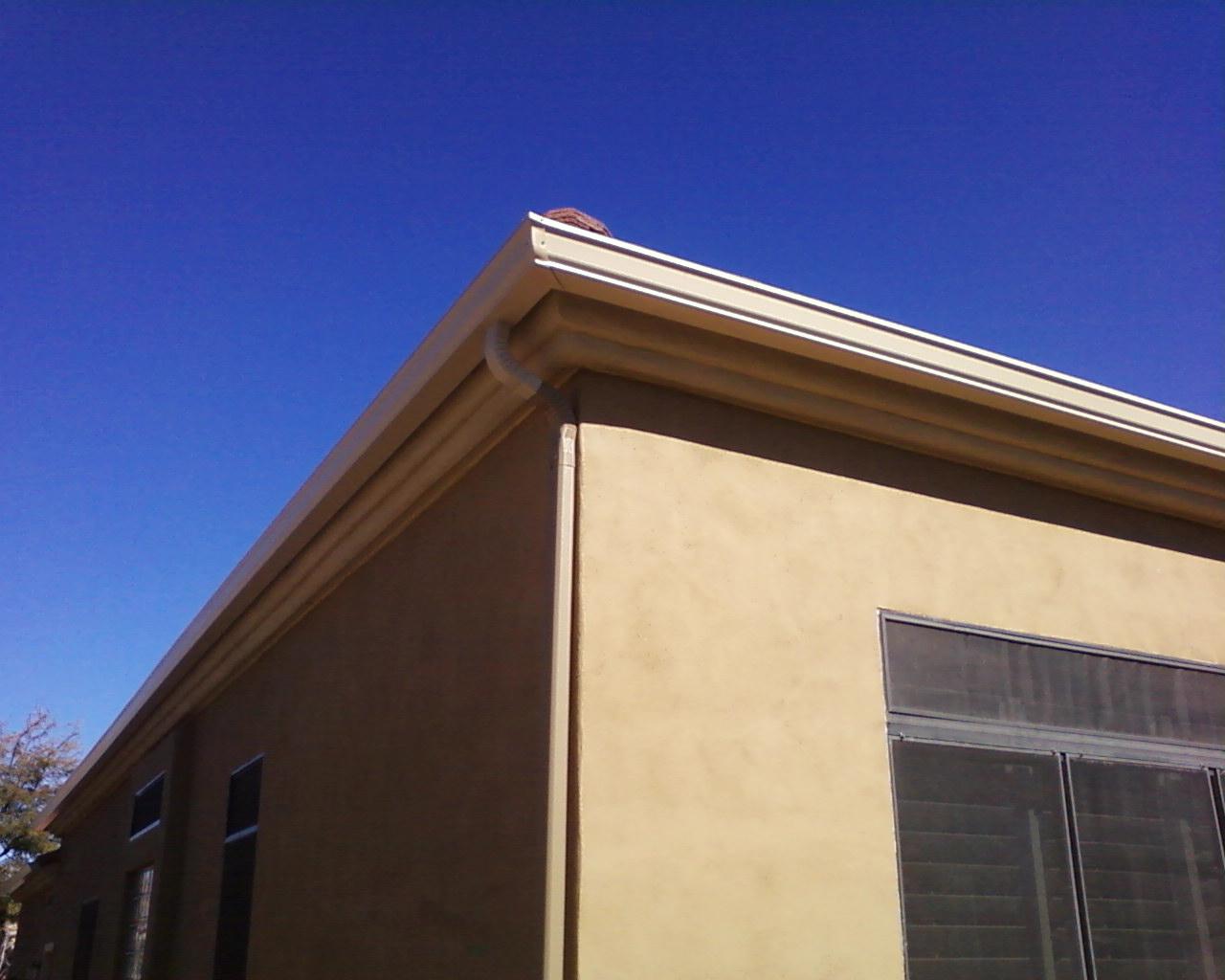Your Home’s Foundation vs. Monsoon
The following was originally published in The Arizona Republic on June 4, 2011 in the Home Improvement section.
Most of us find the wet, windy, dark monsoon weather an ugly inconvenience. But our homes suffer far more than we do during storm season.
We expect our roofs, windows, patios, and landscaping to take a beating during the downpour. Yet the damage we can’t see is potentially worse than anything we can. It’s under the house.
 The health of your home’s foundation has everything to do with the soil it sits on. And how much trouble that soil will cause your home has everything to do with whether it’s wet or dry.
The health of your home’s foundation has everything to do with the soil it sits on. And how much trouble that soil will cause your home has everything to do with whether it’s wet or dry.
This monsoon, don’t let it get wet.
Much of the soil we build our homes on in the desert includes lots of clay, which is prone to swelling and shrinking. When it gets wet, it swells and “heaves,” and when it dries out again, it shrinks and “settles.”
So does whatever is on top of it — including your home.
In Phoenix, some homes sit on construction fill that’s not stable enough over the long term to support the weight of a house. In Tucson and points south, much of the soil is collapsible, so instead of holding a building up, it can literally drag it into the ground.
It doesn’t have to. The key is to keep the soil under your home from getting wet. During the monsoon, that’s a challenge.
Here are seven ways you can prevent heavy, blowing rain from finding its way under your house, where it can cause the soil to swell or collapse and result in damaging heaving or settling:
1. Gutters with downspouts are a must for homes built on expansive clay soil. Attach the downspouts to drains that will carry the water far away from the foundation.
2. Inspect the perimeter of your home after it rains. If you see water collecting in ponds near the house, have your yard regraded to divert the water away. A subtle slope—as little as 2 percent—can solve the problem.
3. Avoid flat, hard surfaces near your home that can lead to water pooling and seeping under your foundation.
4. If you have a swimming pool, make sure deck drains properly channel water away from your home.
5. Fix plumbing leaks before the monsoon. A running toilet or leaking faucet sends a steady drip of water down the drain, which can saturate the soil beneath your home.
6. Check your roof for leaks, as water can trickle behind walls and down to your foundation without being noticed.
7. Avoid overwatering gardens near your house. Shallow plant roots can grow under a foundation and cause it to heave.
Keeping water away from your foundation takes some planning and effort. But it’s far less hassle—and can be tens of thousands of dollars cheaper—to prevent a house from heaving or settling than it is to repair the damage once it does.
Ready To Get Started?
